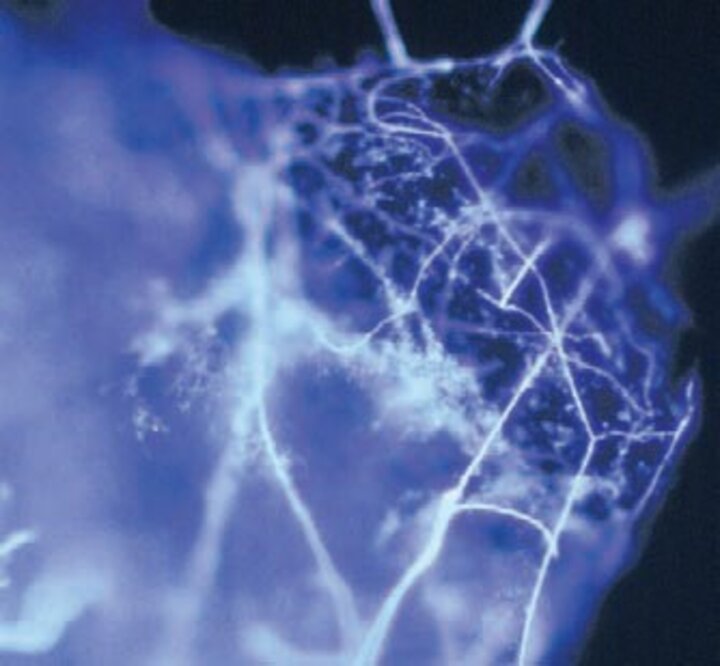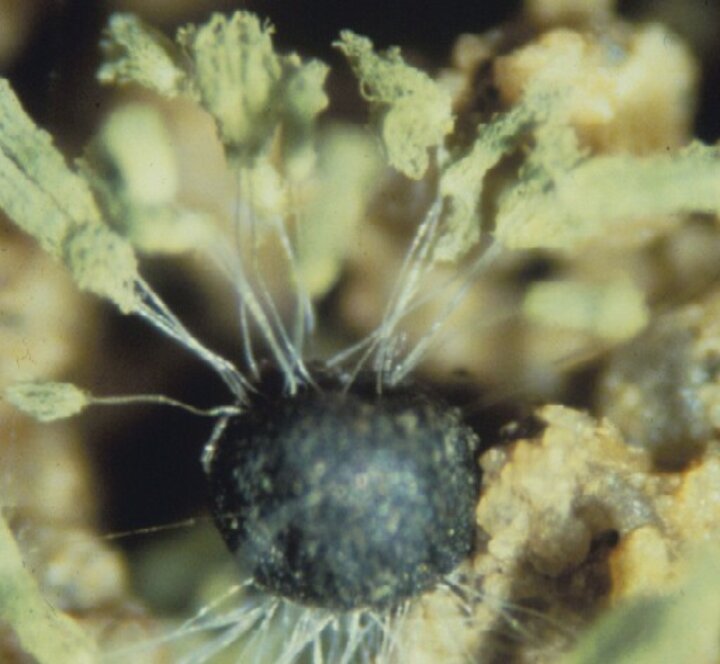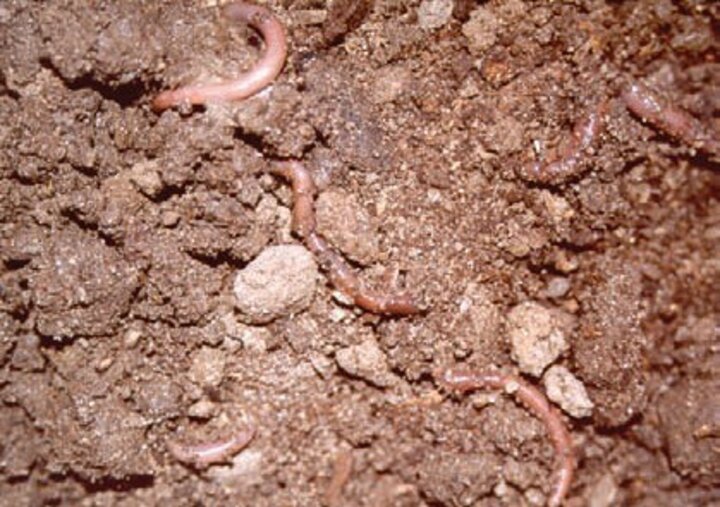Pathogens

Pathogens, typically microbes (e.g., bacteria, viruses, protozoa, fungi) or parasitic worms, are organisms capable of causing infection or disease in other organisms, including humans, wild and domestic animals, and plants. Several pathogens naturally occur in livestock and poultry manure and under certain circumstances may pose a risk to human health.
Protozoa: Many parasites are commonly found in and disseminated with manure, including Cryptosporidium, and Giardia. With respect to transmission to humans, Cryptosporidium parvum and Giardia lamblia are the two protozoa shed in animal manure of greatest concern.
They are parasites that cause severe diarrhea, nausea, fever, vomiting, and fatigue in humans. In healthy humans, the infections from either organisms are usually self limiting and do not pose serious health risks. However, the risk can be much greater for the very young, the elderly, and those with immune suppressed systems (e.g., patients receiving chemotherapy, AIDS patients, and organ transplant recipients). Some protozoa, specifically Cryptosporidium, can survive high levels of chlorine.
Bacteria: There are several bacterial pathogens shed in livestock manure capable of causing disease in humans, including the common food-borne pathogens Escherichia coli O157:H7, Salmonella, Listeria, and Clostridium. However, unless a water supply is directly contaminated with feces containing the bacteria, the risk of human infection from bacteria in manure is relatively low. Most pathogenic bacteria can be killed with common water disinfectants such as chlorine if water contamination is suspected. We know that antibiotic resistant bacteria exist, and that they have existed for thousands of years. Some types of resistant bacteria can be attributed to livestock, but not all. Watch the video below for more information on antibiotic resistant bacteria.
Viruses: Livestock and poultry shed several viruses in manure, but typically these viruses are not directly transmitted to humans. Influenza viruses in swine are an exception.
Parasitic worms: Parasitic worms can be disseminated in manure and survive for long periods in the absence of an animal host. These parasites are primarily a health risk for livestock, causing several different diseases in cattle and sheep.

Fungi: Many fungi, including both animal and plant pathogens, survive well and are naturally dispersed in animal manure. The enzymes found in manure may activate some fungal resting spores. Application of non- composted manure to crop production fields can result in increased crop disease.
Manure management to reduce pathogen populations: Pathogens are most likely to be transported to water through surface runoff and erosion or by direct animal access to surface water. Streams and lakes used for drinking water supply and recreational purposes provide the greatest opportunity for transporting these pathogens to humans. Pathogens usually do not move through soil profiles and reach groundwater because of the filtering capabilities of soil. Exceptions to this occur adjacent to poorly maintained well casings.
Most human pathogens do not multiply outside their host but can survive from a few days to several months depending upon environmental factors including temperature, moisture, pH, and oxygen. Composting livestock manure for several weeks prior to application to the land significantly reduces the risk of exposure to these pathogens. The high temperatures (≥130° F) attained during the composting process kills most unwanted pathogens and parasites. Many pathogens and parasites survive well in manure; consequently, the composting process reduces the pathogen populations.
Organic matter
Organic matter in manure from undigested feeds can be a valuable environmental resource if managed properly, or an environmental pollutant if managed poorly. Manure is rich in organic carbon, which offers positive benefits to the soil including:
- being the primary energy source for an active, healthy soil microbial environment.
- being an important stabilizer of soil nutrients, especially mobile forms of nitrogen. Agronomic application of nitrogen applied as manure is less likely to leach than nutrients applied as inorganic fertilizers. Most manure nutrients are temporarily stabilized as soil microbial biomass.
- contributing to improved soil structure, which contributes to improved water infiltration and greater water-holding capacity, benefiting crops, soil erosion, and nutrient retention. Manured soils have lower erosion and runoff.

Soil organic matter is an excellent indicator of the soil’s productivity. In the Midwest, soil organic matter has been reduced by 50 to 70 percent since the virgin soils were first placed into crop production over 100 years ago. Long-term studies have shown that manure application can reverse the decline in organic matter. Conservation of organic carbon in manure and return of that carbon to the soil may someday play a role in addressing global warming issues due to carbon dioxide and methane accumulation in the atmosphere.
If manure is allowed to discharge to a water body or runoff from a land application site, the organic matter can become a harmful pollutant. Organic matter in the form of manure, silage leachate, and milking center wastewater degrades rapidly and consumes considerable oxygen. If this occurs in an aquatic environment, fish kills may occur. Manure, silage leachate, and waste milk can be 50 to 250 times higher in degradable organic matter than raw municipal sewage (primarily because livestock production does not add the large volume of fresh water that is used in dilution and transport of municipal waste). Organic matter, like pathogens, phosphorus, and ammonia, is transported to water primarily by surface water runoff. Rarely does organic matter leach through soils.
Organic matter is unlikely to be transported in sufficient quantities to nearby surface waters unless one of the following situations occurs:
- a direct discharge from livestock housing, manure storage, open lot, or other facility is allowed to enter surface water drainage.
- a catastrophic failure such as an earthen storage break or the continuous application by an irrigation system on the same location.
- significant rainfall occurs shortly after surface application of manure.
- significant application is made on frozen or snow-covered soils in proximity to surface water.
Part I of Water Quality Issues | Part II - Pathogens and Organic Matter | Part III - Contaminant Pathways | Complete the Quiz